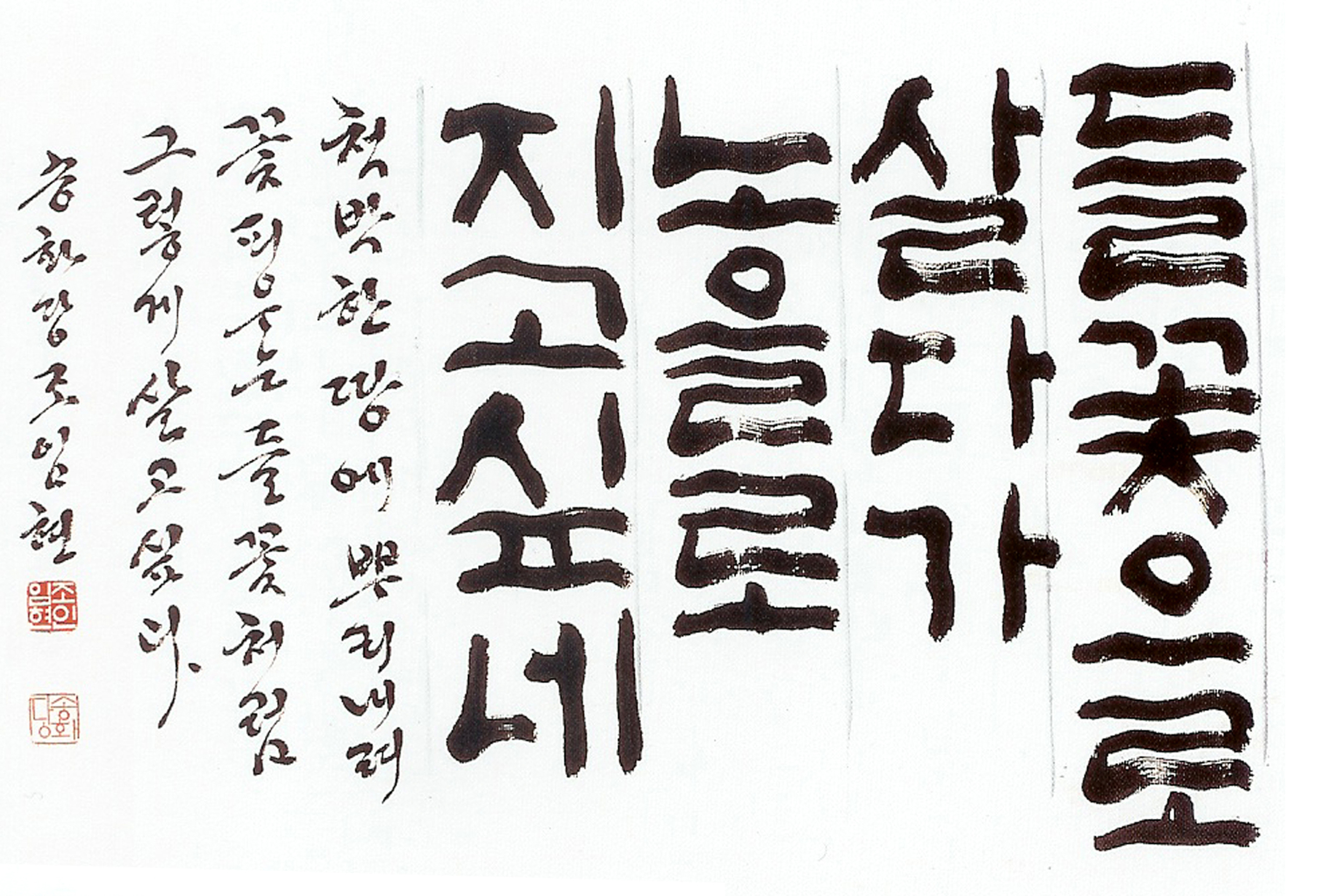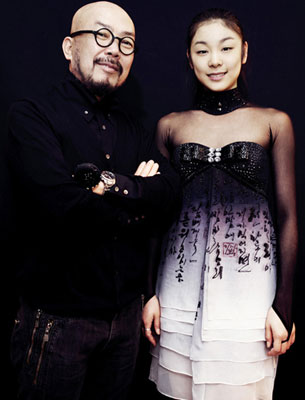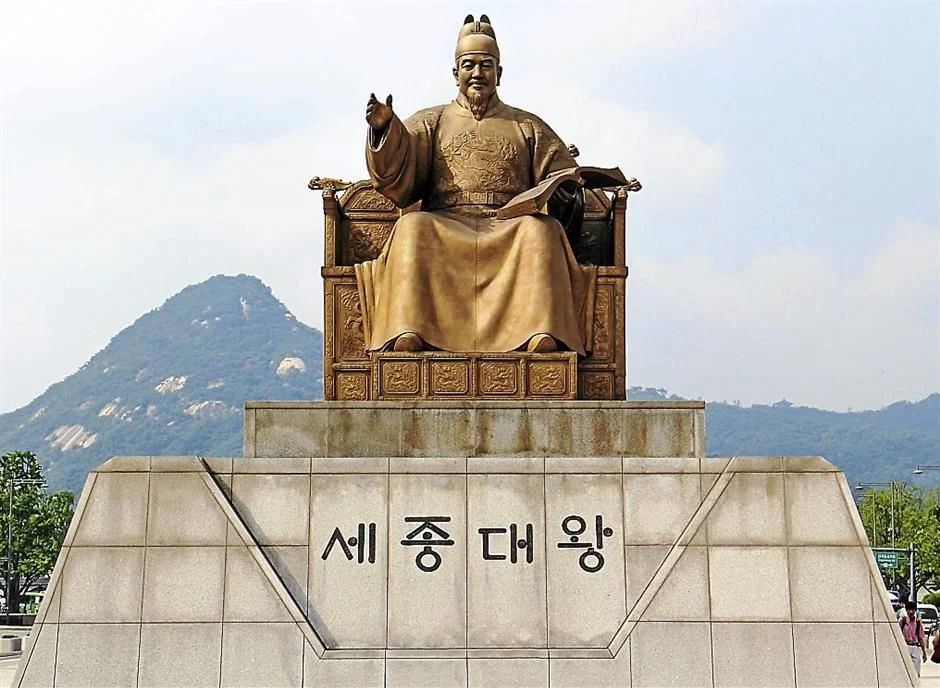Every October 9, South Korea celebrates Hangeul Day: the birthday of the Korean alphabet. Without Hangeul, Koreans may still be writing in classical Chinese! North Korea observes their own Hangeul Day on January 15, which is said to be the actual date when the Korean alphabet was made. October 9, 1446 is when Hangeul was first published and became the official alphabet for the Joseon Kingdom.
Korean calligraphy (Photo: Daum.net)
Hangeul means "Korean alphabet." And before Hangeul, Koreans spoke in Korean but wrote in Hanja (Korean name for Chinese characters). Learning Hanja required a lot of time as there were tens of thousands of characters to memorize. The aristocrats, typically the male elite, were able to afford such an education. The majority of the population was left illiterate as they didn't have time nor access to learn.
Korean Calligraphy (Photo: Wine79.com)
In 1418 King Sejong took reign. He wanted literacy to be accessible for the whole population so people may be able to document and share their ideas. He began developing a simple writing system. Government officials opposed. They wanted to maintain their power and were afraid educated commoners would start a revolution. King Sejong pursued the Hangeul project quietly. Some say he had a small team of scholars assisting him. Other sources say he was single-handedly responsible. Whichever the story you choose to believe, Hangeul was created in 1443. Three years later it was promulgated.
Before the Korean alphabet was called "Hangeul," it was initially named Hunmin Jeongeum (훈민정음), which translated to "Instructing the People in the Correct Sounds." Hunmin Jeongeum started off with 17 consonants and 11 vowels. Today Hangeul has 14 consonants and 10 vowels.
The Korean alphabet (Photo: Wright-House.com)
King Sejong became a legend for giving the Korean people a voice. Can you imagine how frustrating it'd be to not be able to write anything down? All your ideas are as fleeting as your memory. The birth of Hangeul was liberating for Koreans to express and share all that was in their heart and mind.
Fun little note: Hangeul itself is used as art. Fashion designer Lie Sangbong incorporates Hangeul into his runway.
Lie Sangbong's use of Hangeul in his collection (Photo: Liesangbong.com)
Lie Sang-Bong Collection Autumn-Winter 2006/2007 (UK.Fashionmag.com)
Fashion designer Lie Sangbong wearing Hangeul (Blouinartinfo)
Lie Sangbong with ice skater Kim Yuna wearing Hangeul-inspired dress (DramaBeans)
Lie Sangbong with his models, wearing Hangeul-inspired pattern (Photo: Liesangbong.com)
To learn more about King Sejong, you can visit Gwanghwamun Square. Under his statue is The Story of King Sejong, a museum displaying a wide-range of accomplishments produced during his reign.
Statue of King Sejong the Great near Gyeongbokgung Palace (Photo: Thestar.com.my)
King Sejong Story (세종이야기)
Address in English: 175, Sejong-daero, Jongno-gu, Seoul
Address in Korean: 서울특별시 종로구 세종대로 지하 175 (세종로)
Note: There are three entrances. Closed on Mondays.
Website





















